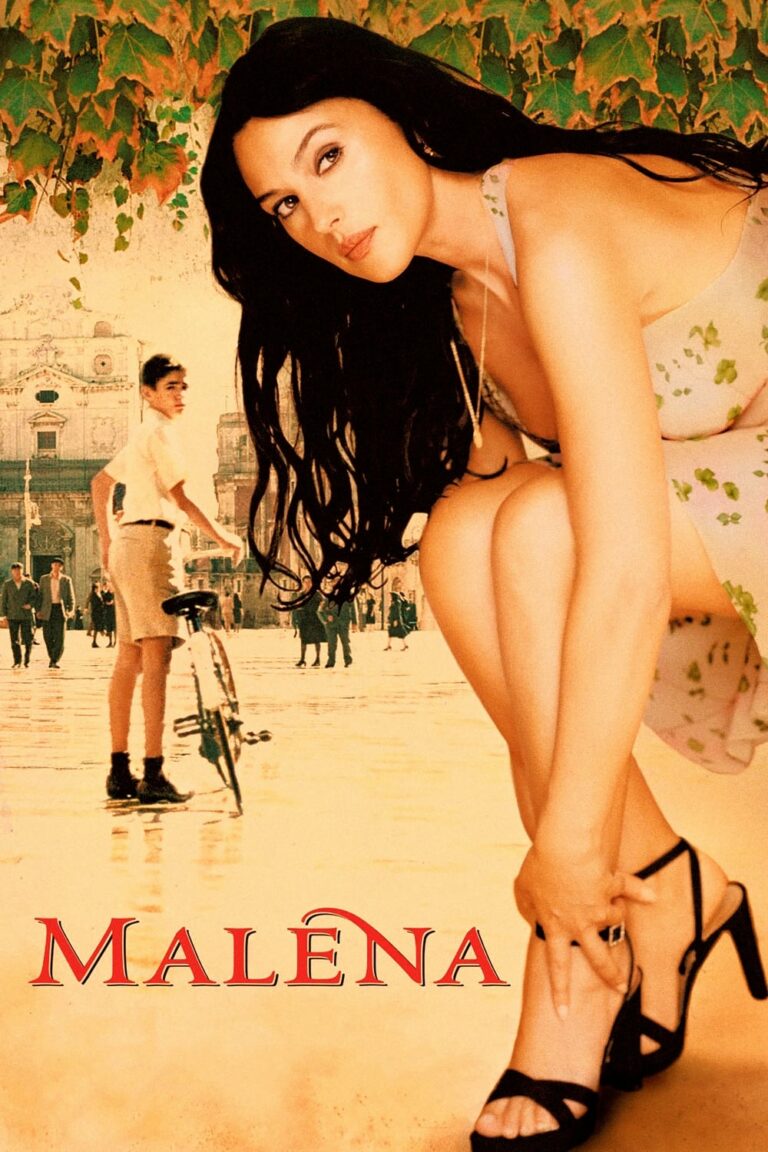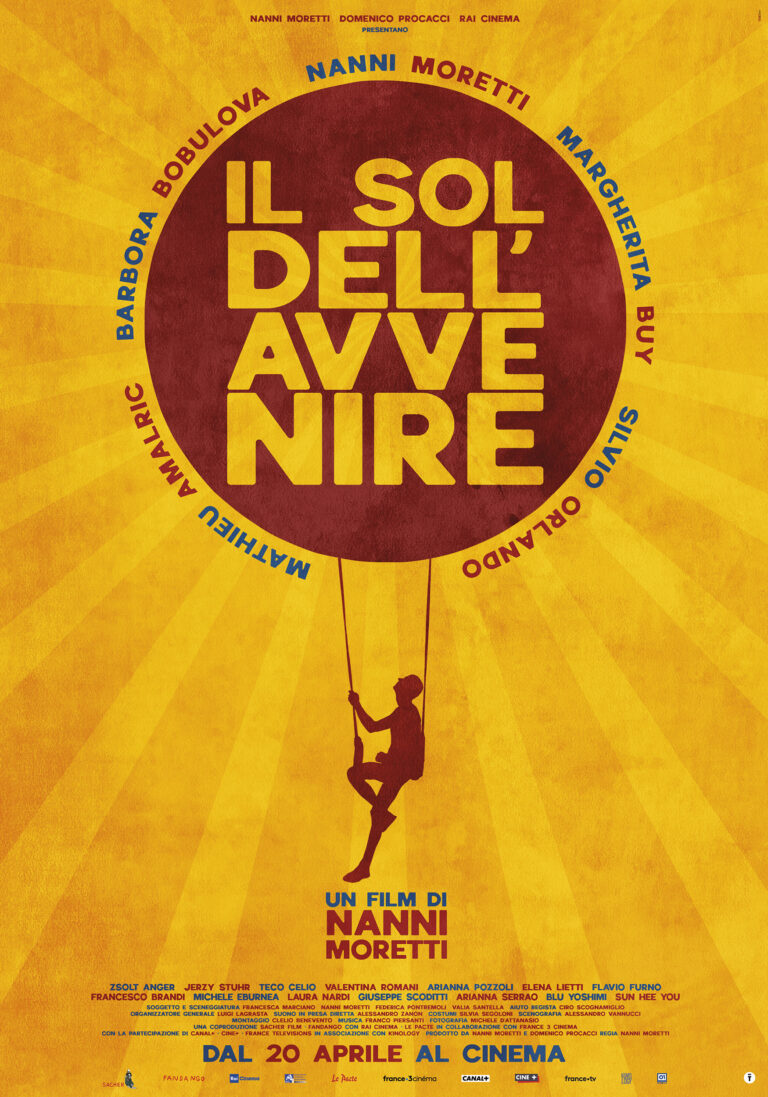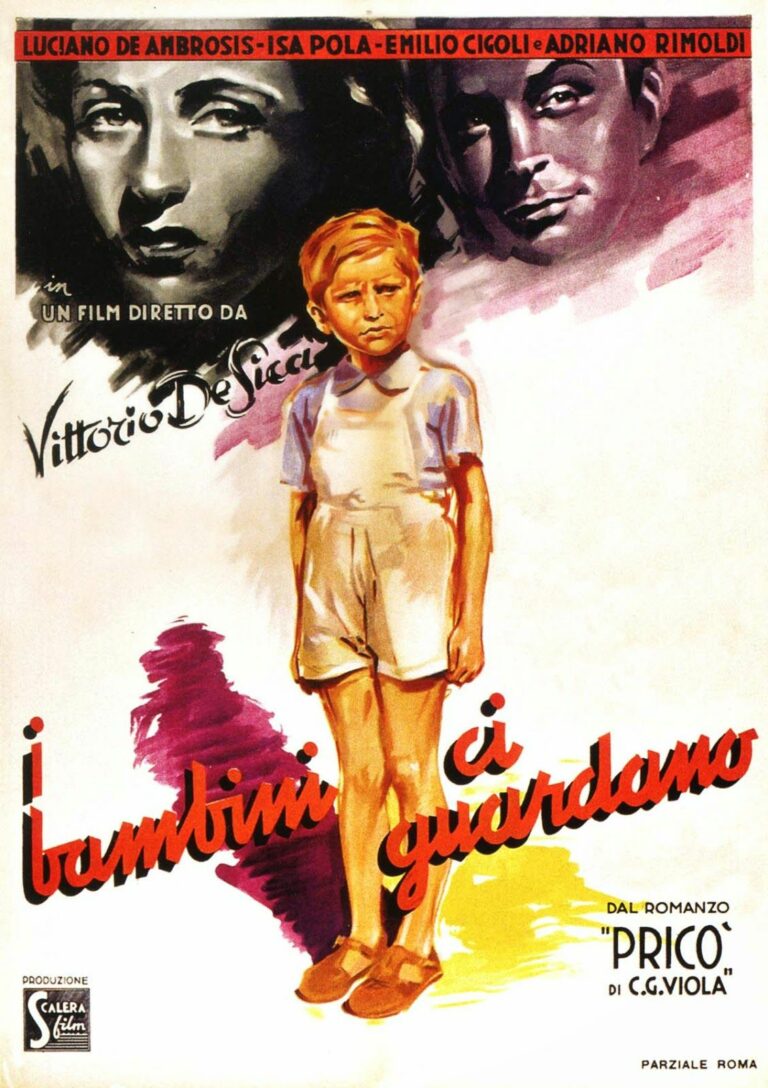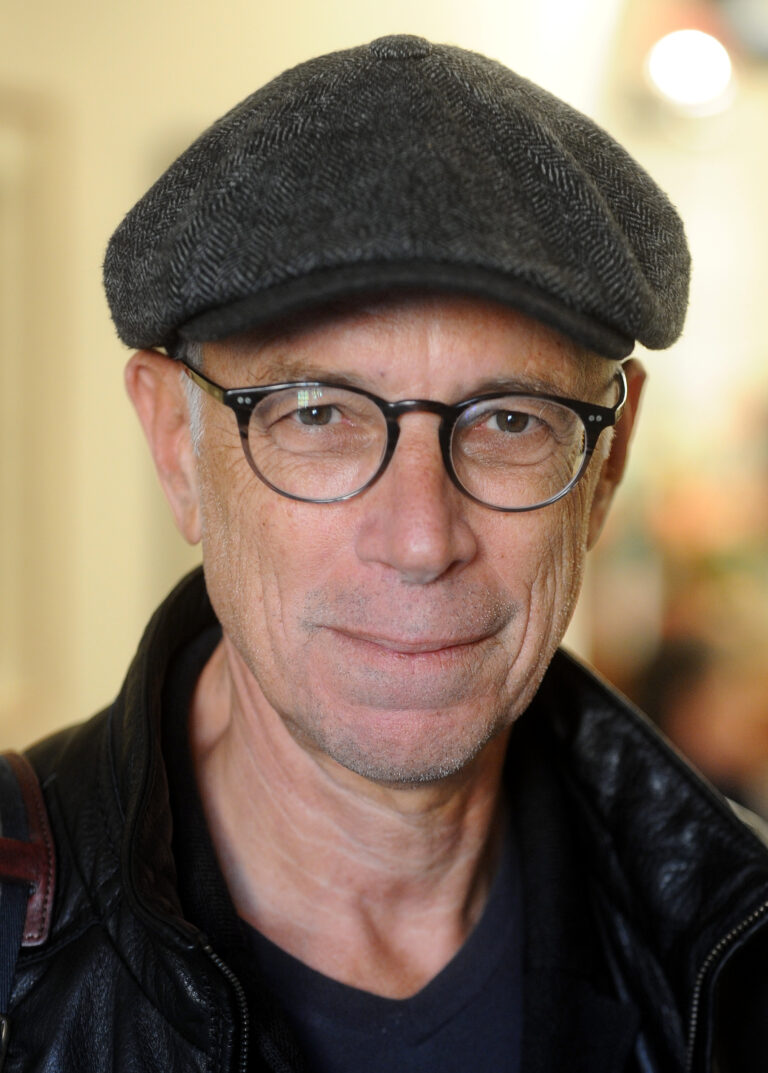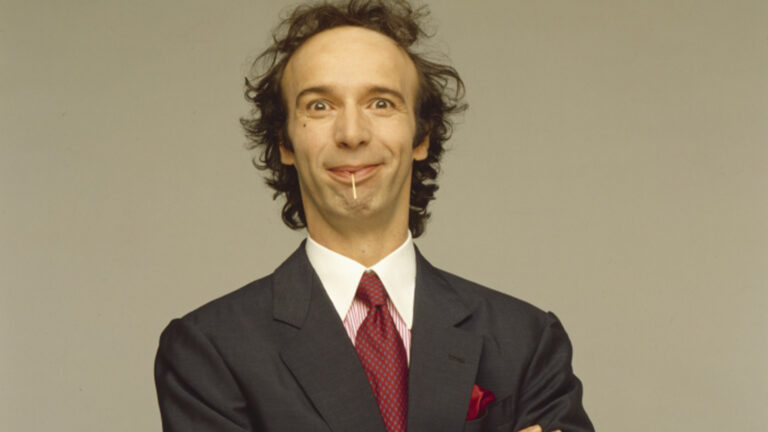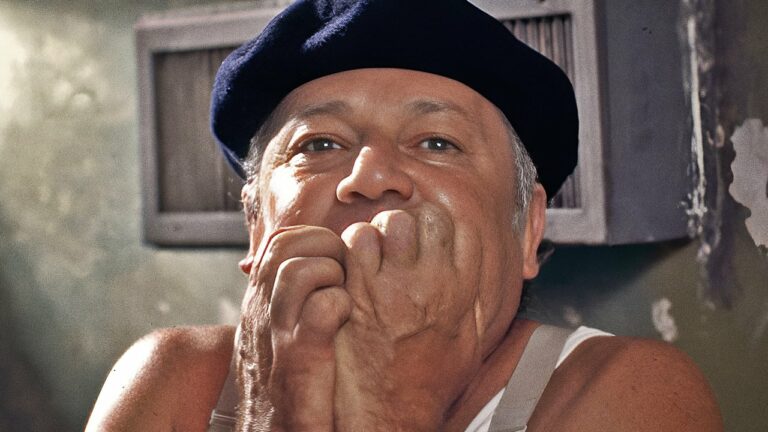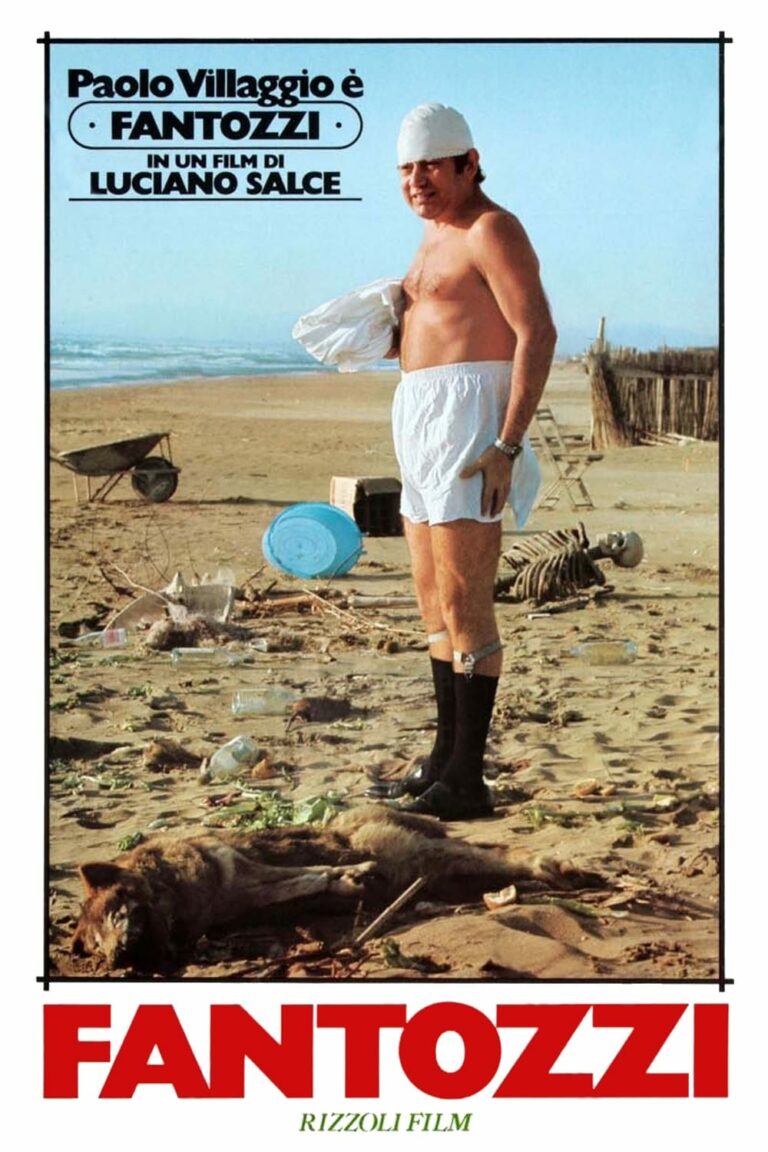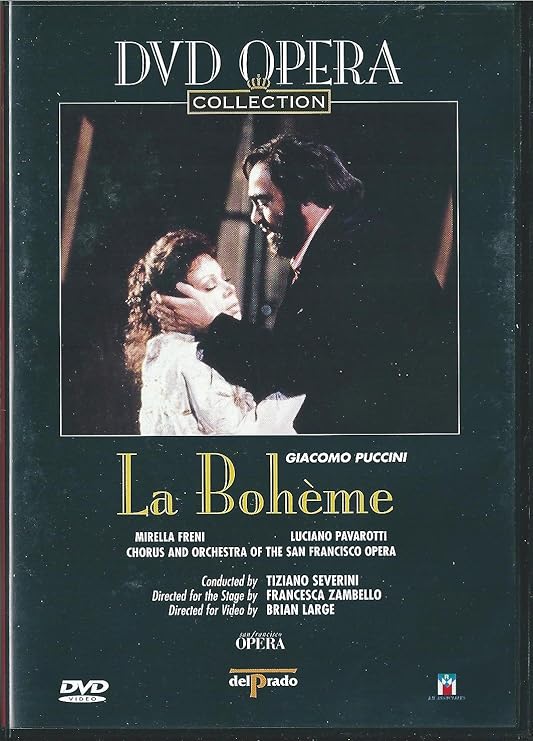
La Bohème, composed by Giacomo Puccini, is one of the most beloved operas in history. Its tale of love, youth, and heartbreak in 19th-century Paris resonates with audiences across generations. The 1988 San Francisco Opera production, directed by Francesca Zambello, is a benchmark in operatic excellence, boasting a stellar cast that includes Luciano Pavarotti, Mirella Freni, Sandra Pacetti, Gino Quilico, and Tiziano Severini conducting. This production captures the emotional depth and artistic brilliance of Puccini’s masterpiece, leaving an indelible mark on the world of opera.
Introduction
Puccini’s La Bohème is a masterpiece of operatic storytelling, weaving the lives of struggling artists with themes of love and loss. Francesca Zambello’s 1988 production for the San Francisco Opera is a standout interpretation, renowned for its emotional authenticity and visual splendor. With a dream cast featuring Luciano Pavarotti as Rodolfo and Mirella Freni as Mimì, this production is a definitive portrayal of Puccini’s poignant tale.
Synopsis of the Opera
La Bohème is set in the Latin Quarter of Paris during the 1830s. It follows the lives of young, impoverished bohemians: Rodolfo, a poet; Mimì, a seamstress; Marcello, a painter; and Musetta, a singer.
Act I: Love Ignites
In a chilly garret, Rodolfo meets Mimì, his neighbor, whose candle has gone out. Their duet, “Che gelida manina” and “O soave fanciulla,” captures their instant romantic connection.
Act II: Joy and Revelry
At Café Momus, the group celebrates life amidst the bustle of Paris. Musetta charms Marcello with her aria “Quando m’en vo” (Musetta’s Waltz), reigniting their tumultuous relationship.
Act III: Love and Sacrifice
Amid the snow, Mimì seeks Marcello’s help, revealing Rodolfo’s jealousy and her declining health. Despite their love, Rodolfo and Mimì decide to part for her well-being.
Act IV: Tragedy Unfolds
The bohemians reunite in their garret, but joy turns to sorrow as Mimì, gravely ill, returns. Her death in Rodolfo’s arms marks the opera’s devastating conclusion.
Historical and Cultural Context
Premiering in 1896 at Turin’s Teatro Regio, La Bohème was inspired by Henri Murger’s Scènes de la vie de bohème. Puccini’s ability to transform the mundane struggles of artists into a universal story of love and loss has made the opera a cornerstone of the repertoire. Its vivid depiction of Parisian life and timeless emotional resonance continues to captivate audiences worldwide.
Francesca Zambello’s Direction
Francesca Zambello brought a fresh perspective to the San Francisco Opera’s 1988 production. Known for her attention to character depth and visual storytelling, Zambello emphasized the humanity of the characters, making their struggles and joys palpable. Her direction highlighted the opera’s intimacy while maintaining its grand, theatrical scale, creating a production that feels both authentic and timeless.
Cast and Performances
Luciano Pavarotti as Rodolfo
Pavarotti’s portrayal of Rodolfo is a masterclass in vocal artistry and emotional nuance. His “Che gelida manina” is both tender and powerful, embodying the romantic ideal of the poet.
Mirella Freni as Mimì
Freni’s Mimì is a perfect blend of fragility and resilience. Her expressive phrasing and warm timbre bring heartbreaking realism to “Mi chiamano Mimì.” Freni’s chemistry with Pavarotti enhances the authenticity of their love story.
Sandra Pacetti as Musetta
Sandra Pacetti’s Musetta is vivacious and captivating. Her rendition of “Quando m’en vo” sparkles with wit and charm, contrasting beautifully with the opera’s more somber moments.
Gino Quilico as Marcello
Quilico’s Marcello balances humor and pathos, serving as a grounding force in the bohemians’ chaotic world. His interactions with Musetta and Rodolfo showcase his versatility.
Tiziano Severini’s Conducting
Under Severini’s baton, the San Francisco Opera Orchestra delivers Puccini’s score with precision and passion. His pacing and sensitivity bring out the full emotional range of the music, from the exuberance of Act II to the devastating finale.
Themes in La Bohème
1. Love and Sacrifice
The love between Rodolfo and Mimì is both beautiful and tragic, underscoring the sacrifices inherent in true love.
2. Youth and Struggle
The opera captures the joys and hardships of youth, portraying the bohemians’ lives with authenticity and empathy.
3. Mortality and Loss
Mimì’s illness and eventual death remind us of life’s fragility, making the opera’s joyful moments even more poignant.
Musical Highlights
La Bohème is filled with unforgettable melodies:
- “Che gelida manina”: Rodolfo’s aria of love and wonder.
- “Mi chiamano Mimì”: Mimì’s tender introduction.
- “Quando m’en vo”: Musetta’s flirtatious and triumphant waltz.
- “O soave fanciulla”: The romantic duet that concludes Act I.
Puccini’s orchestration enhances these moments, using lush strings and dynamic contrasts to heighten the emotional impact.
Set and Costume Design
The San Francisco Opera’s production featured stunning sets that brought 19th-century Paris to life. From the bustling Café Momus to the intimate garret, the designs created an immersive experience. Costumes, rich in detail and period authenticity, added depth to the characters and their world.
Reception and Legacy
The 1988 San Francisco Opera production of La Bohème was met with critical acclaim. Reviewers praised the synergy of Zambello’s direction, the stellar cast, and the orchestra’s performance. This production is often cited as one of the most memorable interpretations of La Bohème, showcasing the timeless relevance of Puccini’s masterpiece.
FAQs
- What is the significance of La Bohème in opera history?
It is one of the most performed operas, renowned for its emotional depth and unforgettable music. - Why is Luciano Pavarotti’s Rodolfo so celebrated?
Pavarotti’s impeccable technique and emotive performance make his portrayal a definitive interpretation. - What makes Francesca Zambello’s direction unique?
Her focus on character-driven storytelling and visual authenticity sets her production apart. - Is La Bohème suitable for first-time opera-goers?
Absolutely. Its accessible story and beautiful music make it a perfect introduction to opera. - What themes make La Bohème timeless?
Its exploration of love, loss, and the human experience resonates universally.
Conclusion
The San Francisco Opera’s 1988 production of La Bohème, directed by Francesca Zambello and featuring the incomparable Luciano Pavarotti and Mirella Freni, is a shining example of operatic excellence. With its unforgettable performances, stunning visuals, and Puccini’s timeless music, this production captures the heart and soul of one of the greatest operas ever written. Whether experienced live or through recordings, La Bohème continues to inspire and move audiences around the world.
